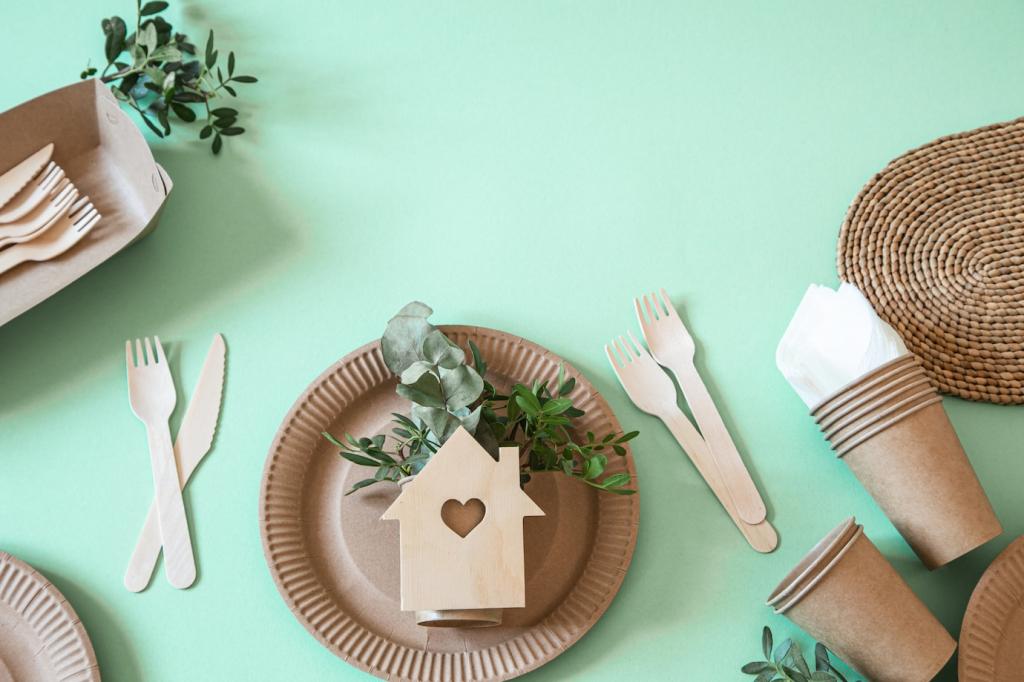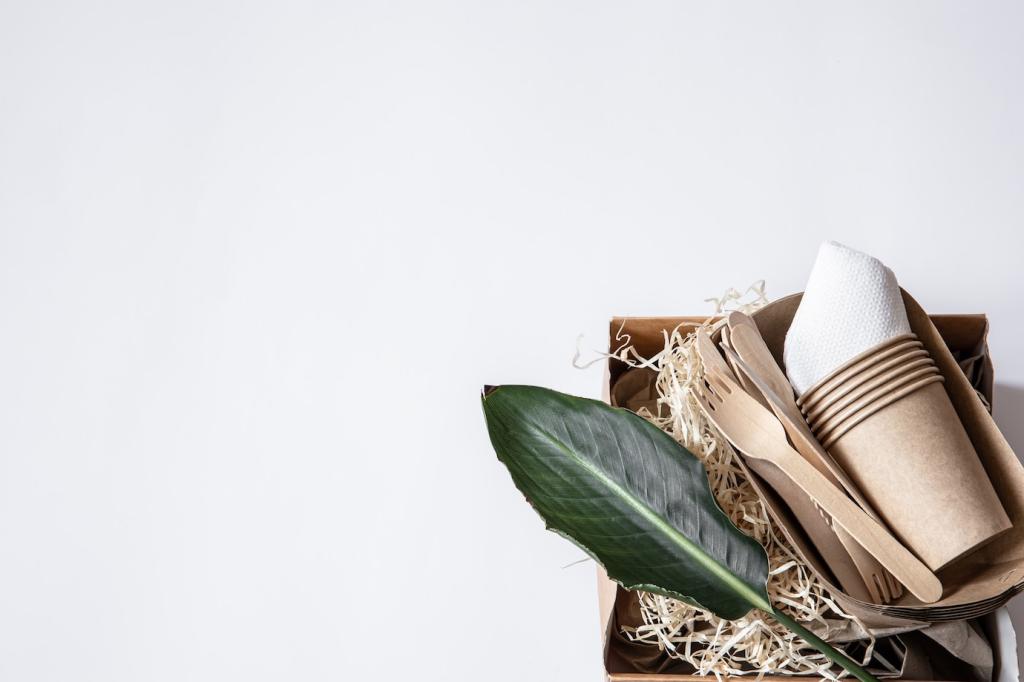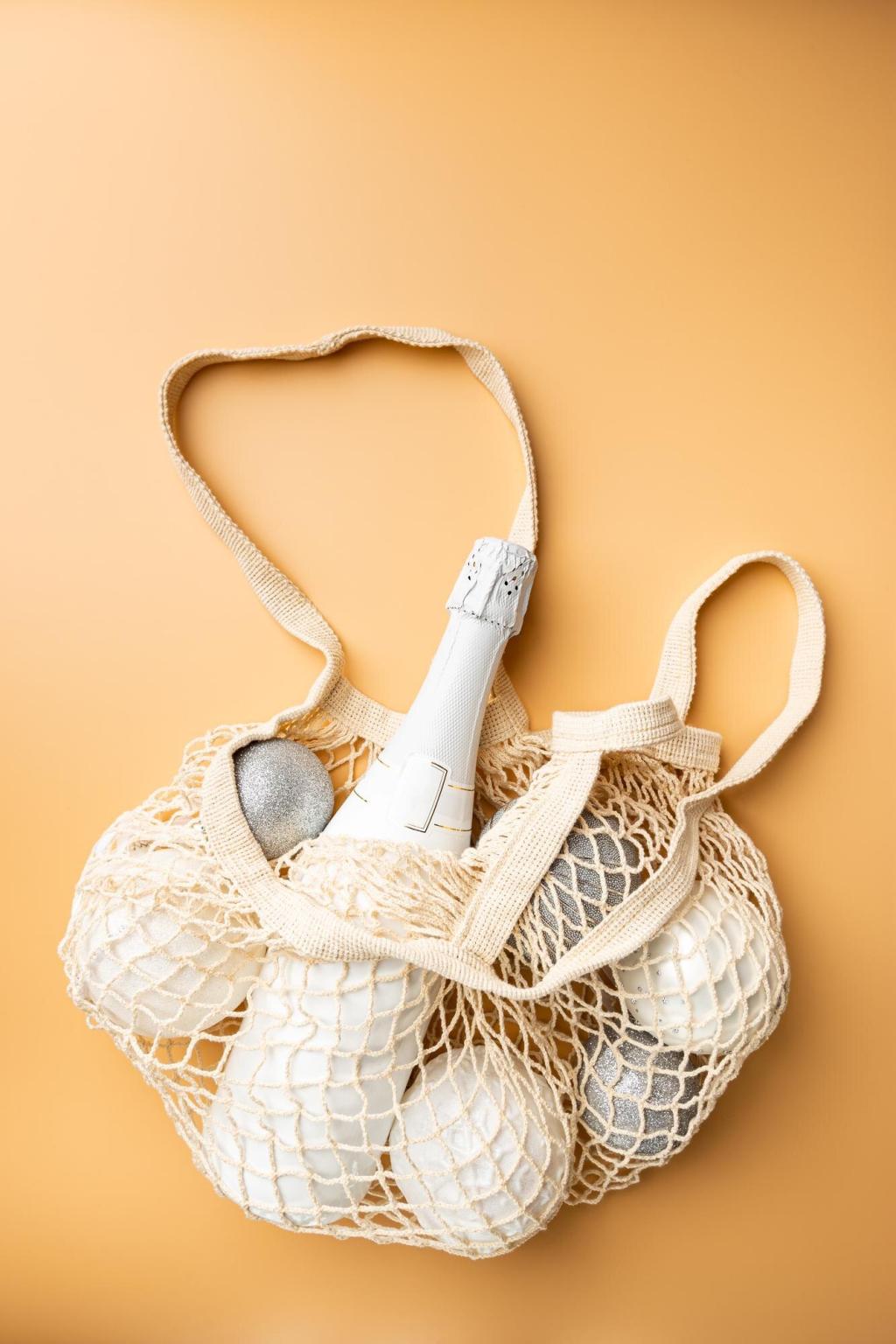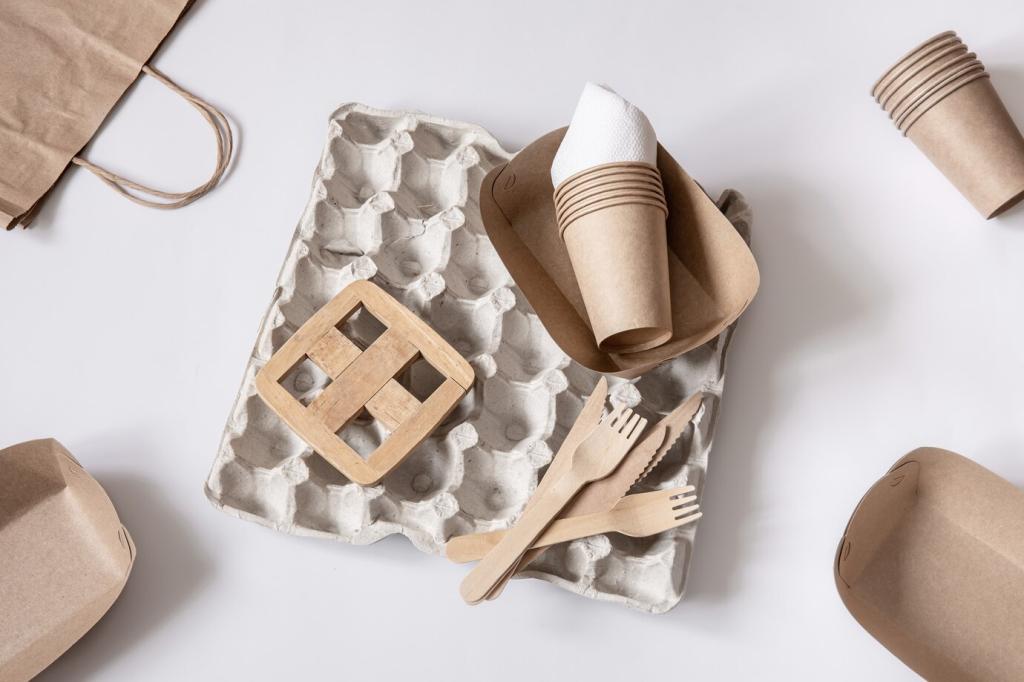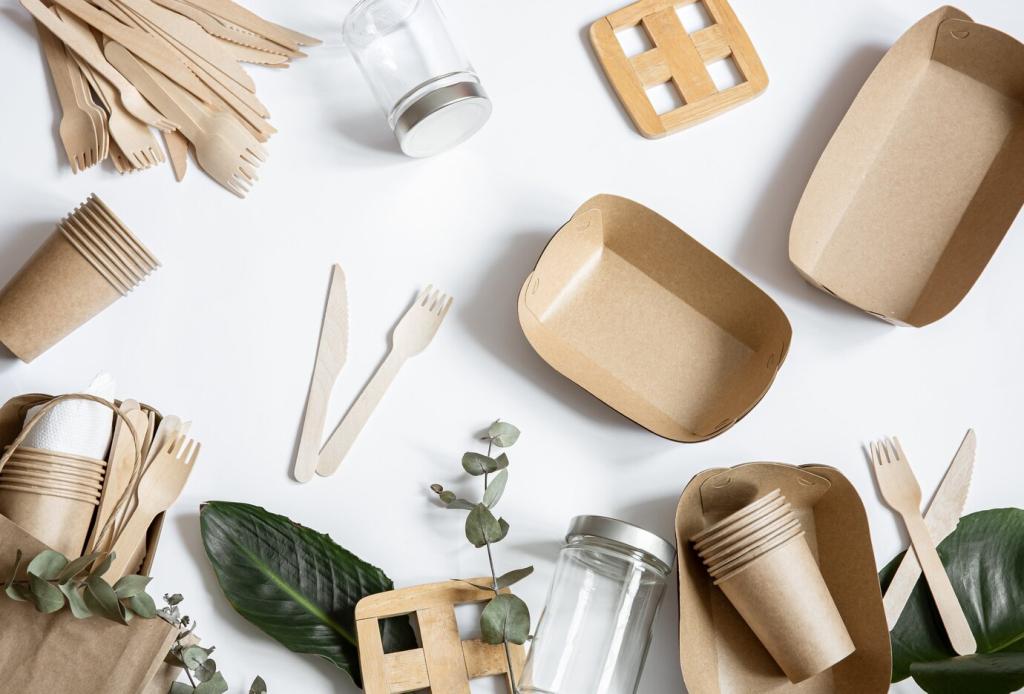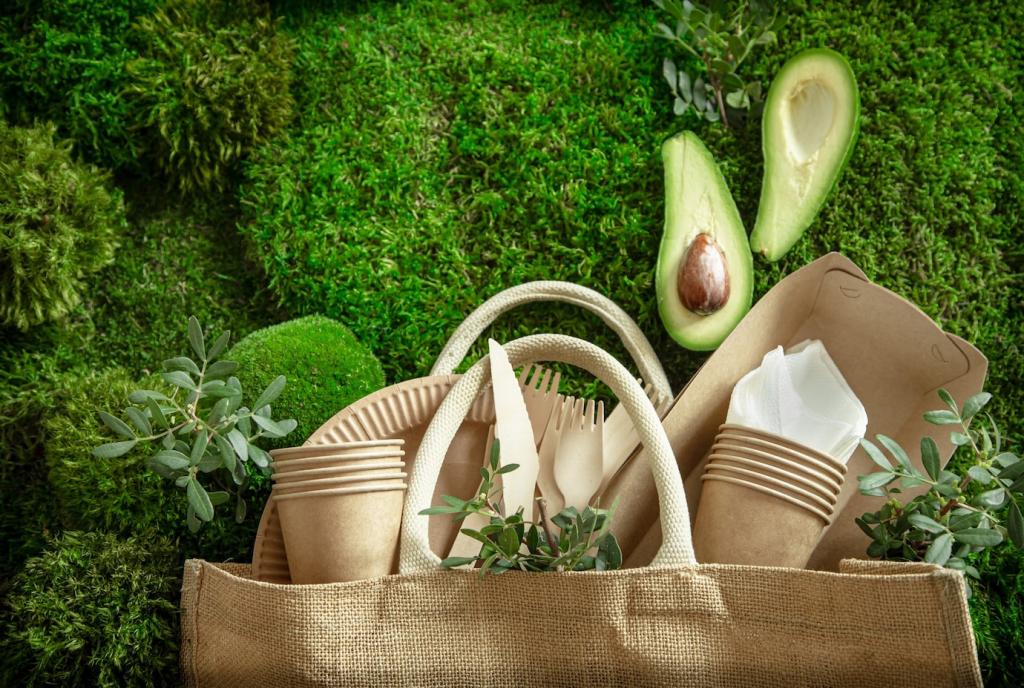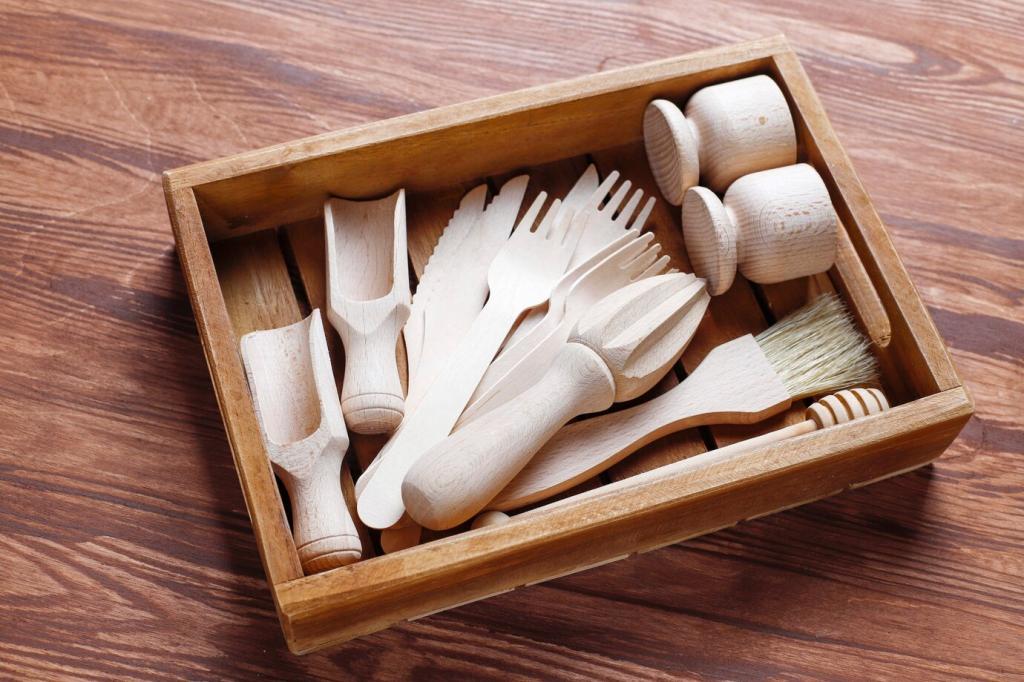Design Principles for Compostable Aesthetics
Choose dowels, friction fits, and natural twines instead of synthetic glues to avoid contaminating compost. When parts are easy to separate, you prevent mixed-material headaches and make repurposing or composting straightforward and satisfying.
Design Principles for Compostable Aesthetics
Use plant-based dyes like indigo, madder, and walnut hulls, or low-VOC inks verified for compostability. Avoid heavy-metal mordants and persistent pigments so colors fade gracefully, leaving soil safe for herbs, pollinators, and future projects.
Design Principles for Compostable Aesthetics
Biodegradable does not mean fragile. Thoughtful textures resist scuffs, and gentle finishes like beeswax or shellac add protection. Balance window light and humidity to prevent premature aging while preserving the material’s final return to earth.
Design Principles for Compostable Aesthetics
Lorem ipsum dolor sit amet, consectetur adipiscing elit. Ut elit tellus, luctus nec ullamcorper mattis, pulvinar dapibus leo.


